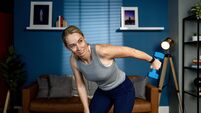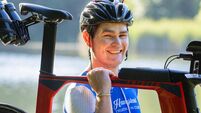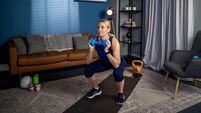How fit are you for your age? Take the test to see how you score and what it means
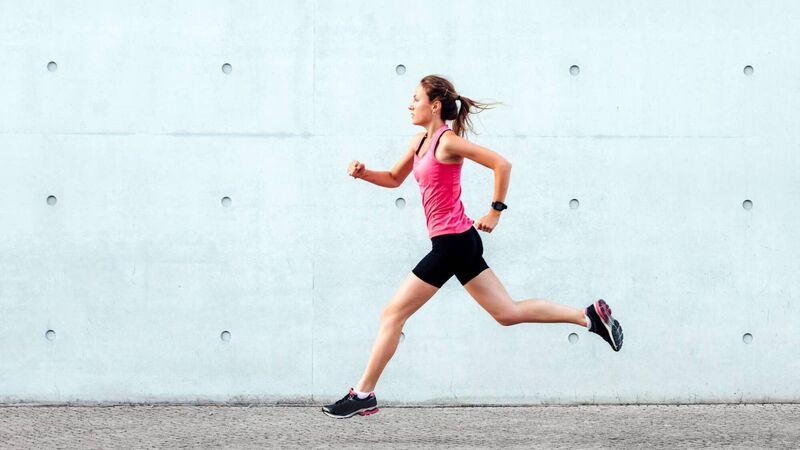
Keeping tabs on your fitness levels can be motivational and protective of your health
- This article is part of our Best of 2024 collection. It was originally published in March. Find more stories like this here.
Most of us know that good genes, a healthy diet, along with the right type and amount of exercise can leave us in better physical shape than our birth date implies.

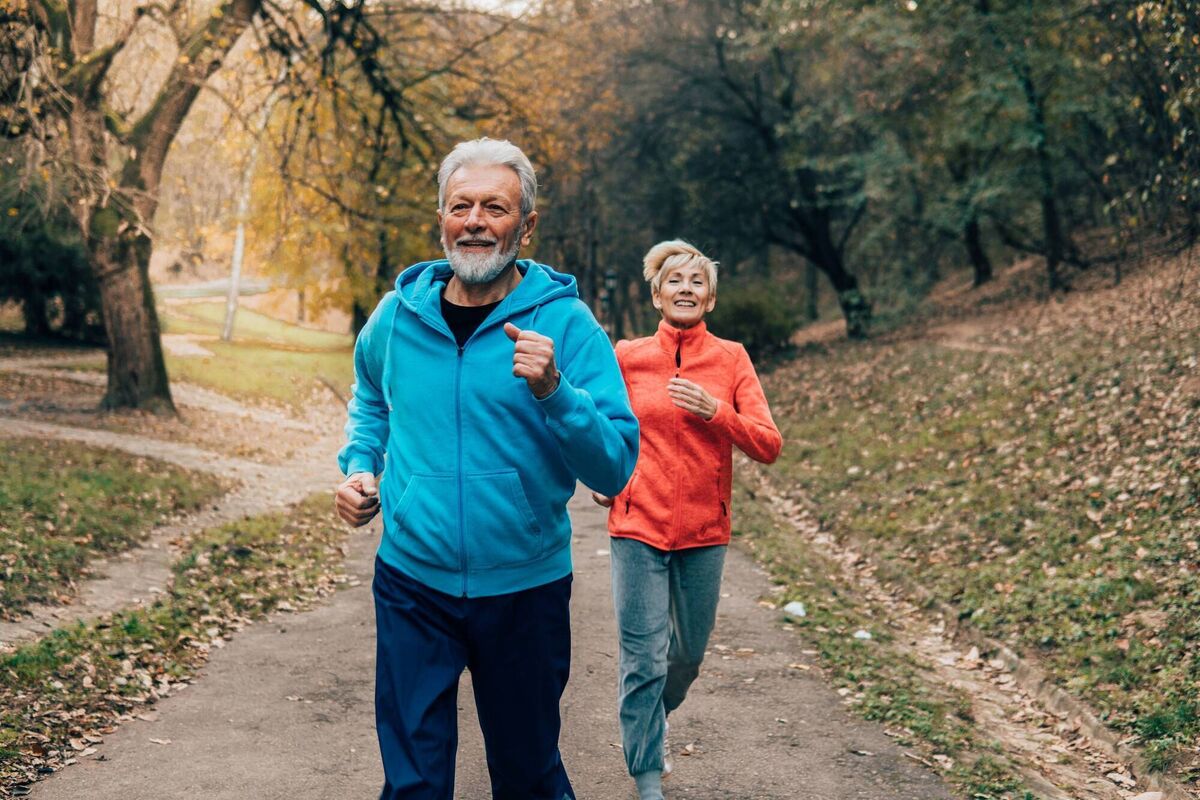
Men
- Faster than 23 minutes
- 23-27 minutes
- Slower than 28 minutes
Women
- Faster than 26 minutes
- 26-30 minutes
- Slower than 31 minutes
Men
- Faster than 27 minutes
- 27-31 minutes
- Slower than 31 minutes
Women
- Faster than 29 minutes
- 29-34 minutes
- Slower than 35 minutes
Men
- Faster than 30 minutes
- 30-34 minutes
- Slower than 34 minutes
Women
- Faster than 35 minutes
- 36-40 minutes
- Slower than 41 minutes
Men
- Faster than 38 minutes
- 39-45 minutes
- Slower than 46 minutes
Women
- Faster than 45 minutes
- 46-54 minutes
- Slower than 55 minutes
- 8-10 points
- 4-7 points
- 0-3 points
- 60-70 years – 21 (women), 24 (men)
- 70-79 years – 17 (women), 19 (men)
- 80+ years – 14 (women), 17 (men)
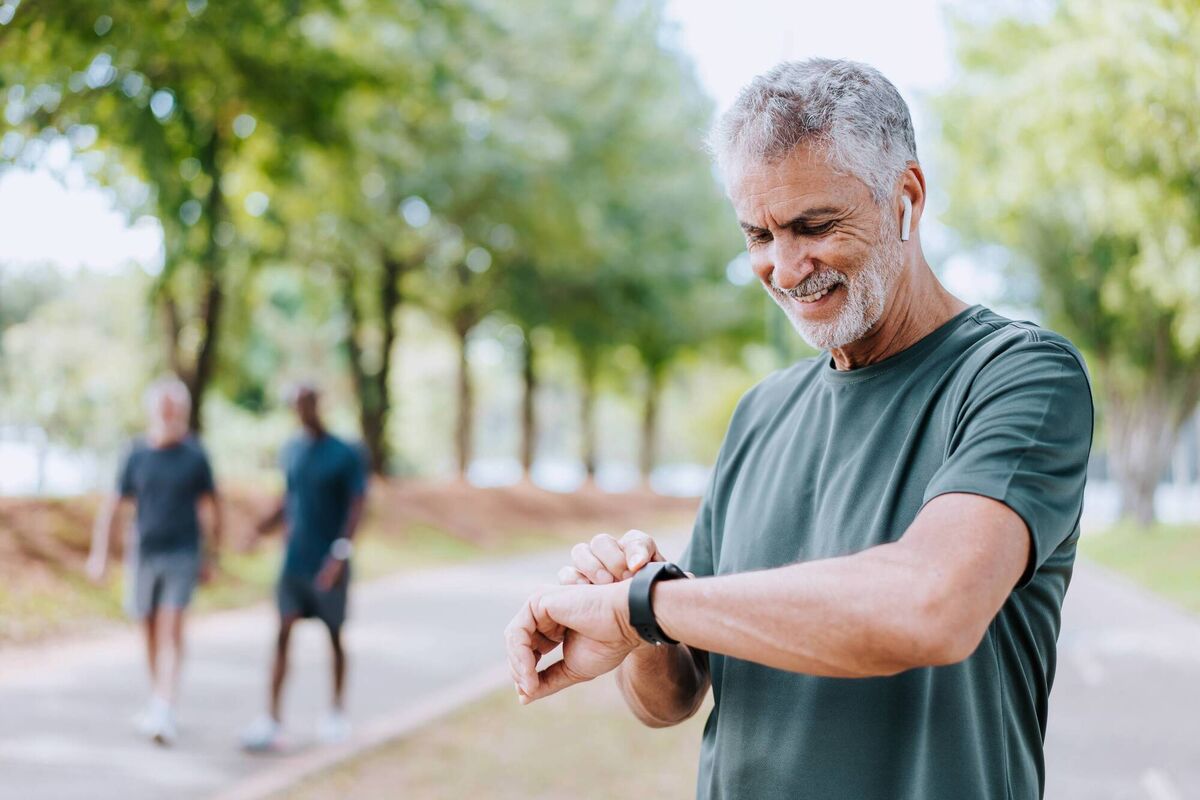
Walking
- 12-14 minutes
- 15-16 minutes
- Slower than 16 minutes
Running
- 7-10 minutes
- 11-12 minutes
- Slower than 12 minutes
Walking
- 14-15 minutes
- 16-17 minutes
- Slower than 17 minutes
Running
- 8-11 minutes
- 12-13
- Slower than 14 minutes
Walking
- 15-16 minutes
- 17-18 minutes
- Slower than 18 minutes
Running
- 10-13 minutes
- 14-15 minutes
- Slower than 15 minutes
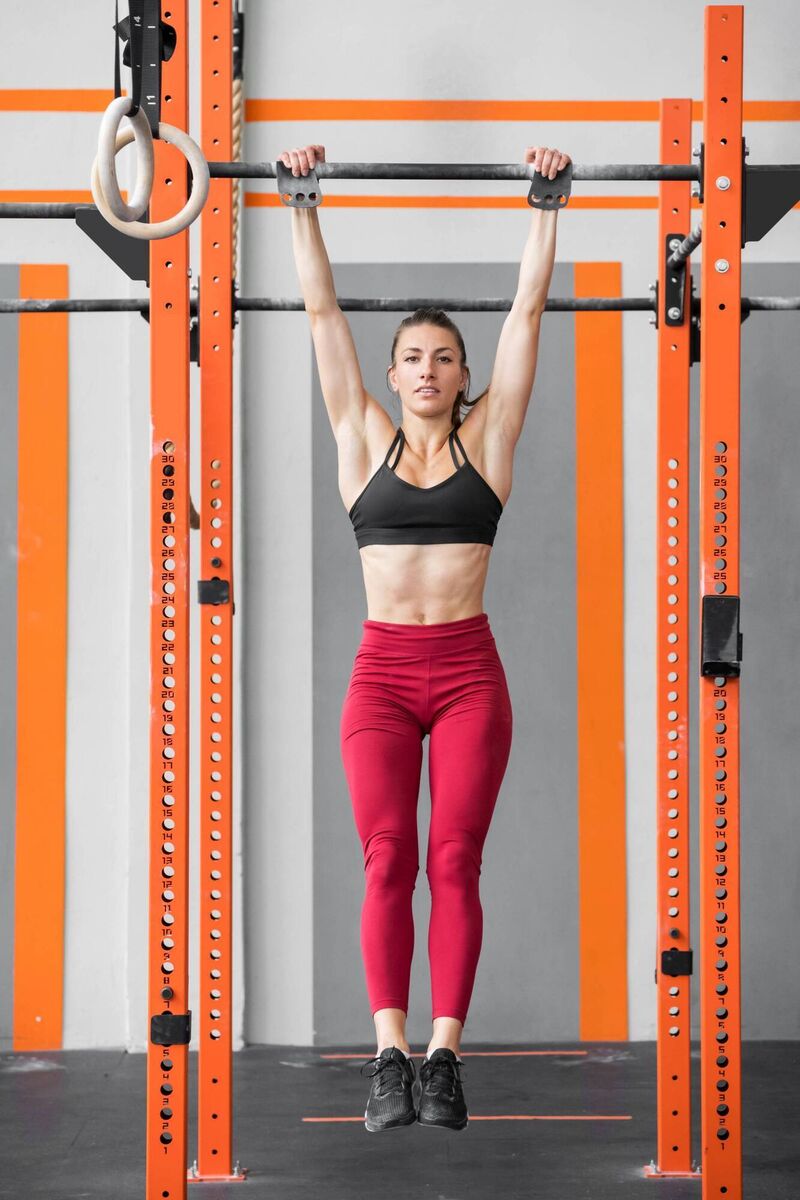
- 60-90 seconds
- 20-45 seconds
- 10-15 seconds
- 60+ seconds
- 35-59 seconds
- Below 35 seconds
- 45+ seconds
- 25-44 seconds
- Below 25 seconds
- 30 seconds +
- 15-29 seconds
- Below 15 seconds
If you are in good physical shape for your age it means that your body could be biologically younger than your birth (or chronological) age suggests.
Norwegian scientists have long researched how fitness affects the ageing process and our susceptibility to age-related diseases and their findings, published in journals such as and , have enabled them to come up with a calculator using an algorithm that predicts your fitness age.
Studies have also shown that the lower your fitness age according to this algorithm, the lower your risk of heart attacks, brain shrinkage and depression. You can use the calculator to find out your score here: hvemereldst.no/en

Celebrating 25 years of health and wellbeing



